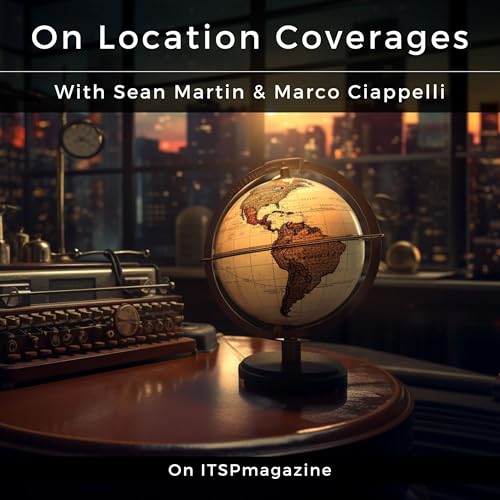As organizations race to adopt AI, many discover an uncomfortable truth: ambition often outpaces readiness. In this episode of the ITSPmagazine Brand Story Podcast, host Sean Martin speaks with Julian Hamood, Founder and Chief Visionary Officer at TrustedTech, about what it really takes to operationalize AI without amplifying risk, chaos, or misinformation.
Julian shares that most organizations are eager to activate tools like AI agents and copilots, yet few have addressed the underlying condition of their environments. Unstructured data sprawl, fragmented cloud architectures, and legacy systems create blind spots that AI does not fix. Instead, AI accelerates whatever already exists, good or bad.
A central theme of the conversation is readiness. Julian explains that AI success depends on disciplined data classification, permission hygiene, and governance before automation begins. Without that groundwork, organizations risk exposing sensitive financial, HR, or executive data to unintended audiences simply because an AI system can surface it.
The discussion also explores the operational reality beneath the surface. Most environments are a patchwork of Azure, AWS, on-prem infrastructure, SaaS platforms, and custom applications, often shaped by multiple IT leaders over time. When AI is layered onto this complexity without architectural clarity, inaccurate outputs and flawed business decisions quickly follow.
Sean and Julian also examine how AI initiatives often emerge from unexpected places. Legal teams, business units, and individual contributors now build their own AI workflows using low-code and no-code tools, frequently outside formal IT oversight. At the same time, founders and CFOs push for rapid AI adoption while resisting the investment required to clean and secure the foundation.
The episode highlights why AI programs are never one-and-done projects. Ongoing maintenance, data validation, and security oversight are essential as inputs change and systems evolve. Julian emphasizes that organizations must treat AI as a permanent capability on the roadmap, not a short-term experiment.
Ultimately, the conversation frames AI not as a shortcut, but as a force multiplier. When paired with disciplined architecture and trusted guidance, AI enables scale, speed, and confidence. Without that discipline, it simply magnifies existing problems.
Note: This story contains promotional content. Learn more.
GUEST
Julian Hamood, Founder and Chief Visionary Officer at TrustedTech | On LinkedIn: https://www.linkedin.com/in/julian-hamood/
Are you interested in telling your story?
▶︎ Full Length Brand Story: https://www.studioc60.com/content-creation#full
▶︎ Spotlight Brand Story: https://www.studioc60.com/content-creation#spotlight
▶︎ Highlight Brand Story: https://www.studioc60.com/content-creation#highlight
Keywords: sean martin, julian hamood, trusted tech, ai readiness, data governance, ai security, enterprise ai, brand story, brand marketing, marketing podcast, brand story podcast, brand spotlight
Hosted by Simplecast, an AdsWizz company. See pcm.adswizz.com for information about our collection and use of personal data for advertising.
 13 m
13 m 34 m
34 m 8 m
8 m 10 m
10 m 34 m
34 m 35 m
35 m 40 m
40 m 44 m
44 m
